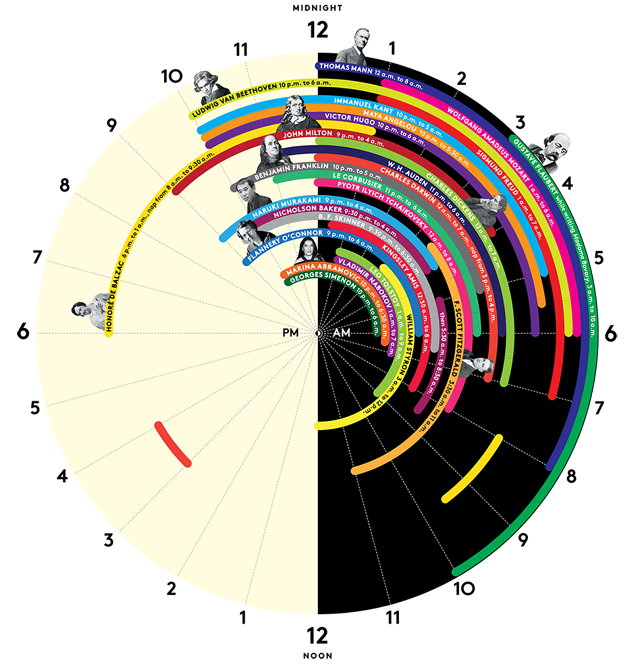Retail trends always keep on changing. With digital transformation taking charge in all the industries, retail is no exception. Retail trends during the holiday season especially, are interesting to study.
Following are some visualizations around these trends in retail during the holiday season. The Claim of all of them is that the sales rise high during the holiday season in retail. The Audience is different players in the retail sector.
Following is first of the set, which shows number breakup based on key holidays. This gives a good picture of how much is spent during different holidays.
https://drive.google.com/open?id=0Bzau8FgD0T1AUmRTLTQ1cFdEZXM
Things missing in this visualization:
Incomplete data: The year of the data is not mentioned in the source which leaves the data incomplete.
Unreadability: As many figures are mentioned in the pie chart along with multiple colors, it’s difficult to read the data.
Following is another way to look at the data where it shows the overall retail sales over the years and also shows the specific percentage of e-Commerce in the overall sales. This gives a good picture of the total sales trend in retail with a focus on eCommerce.
https://drive.google.com/open?id=0Bzau8FgD0T1AQnBRUmJta2FZTWM
Context: One thing missing in the above data is, it doesn’t mention if its US specific data or any other countries are involved as well, that would help put these values in context.
Following is another such visualization in the same category. This demonstrates the sales during holiday time along with the YOY % increase over time. However this focuses on the Online sales. The warrant in this case is Forrester which makes it more genuine.
https://drive.google.com/open?id=0Bzau8FgD0T1AM0RnNWxqZEs0OXM
Things that could be done better:
I feel if all the above data points are put together if would give a good picture of the retail sales trend.
- First chart should be the ‘overall retail sale’ showing YOY % increase.
- Then, a deep dive into the ‘e-commerce’ specific sale per holiday to show YOY change against the overall sale by holiday.
- And finally the chart which shows absolute number of sale for retail by holiday season over years, as a bar chart.
References:
Silicon Alley Insider Chart of the day
CBRE 2016 Holiday Sales Chart



